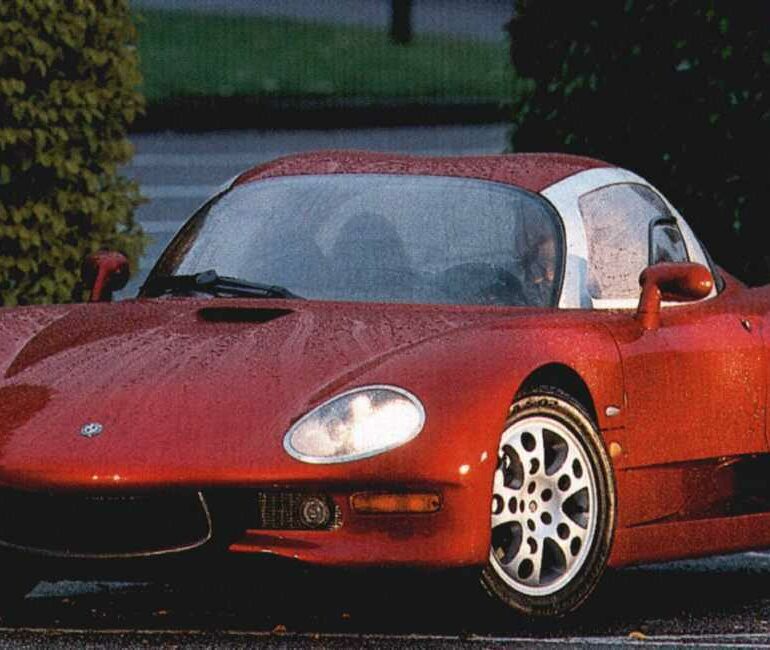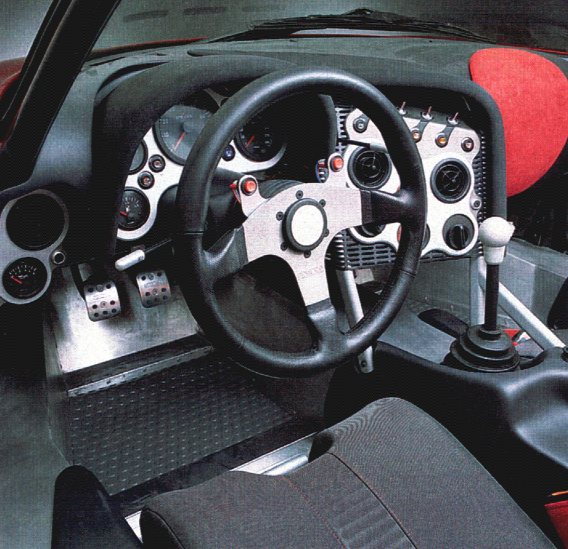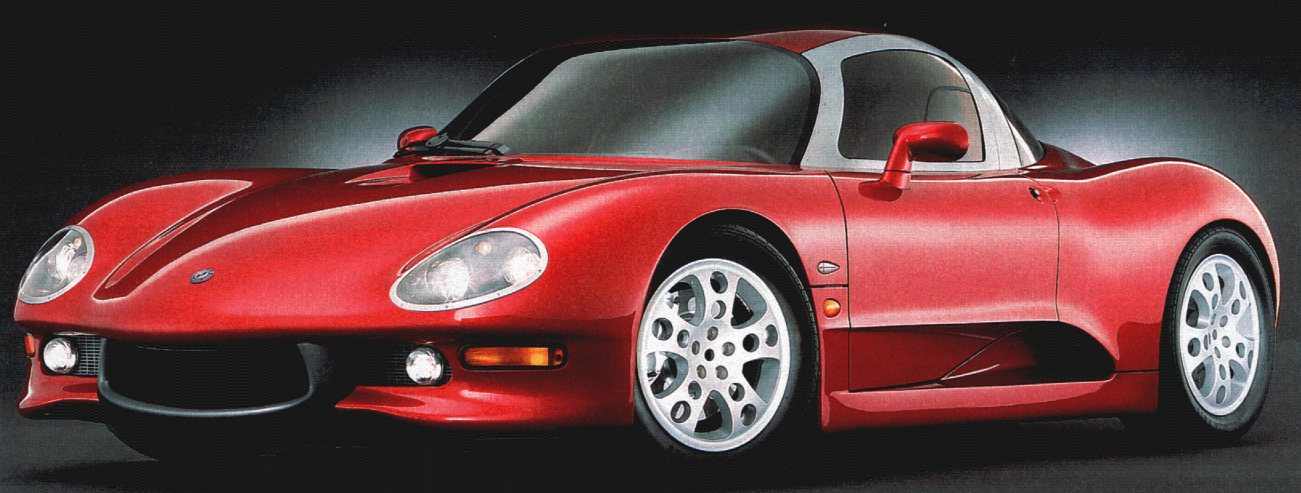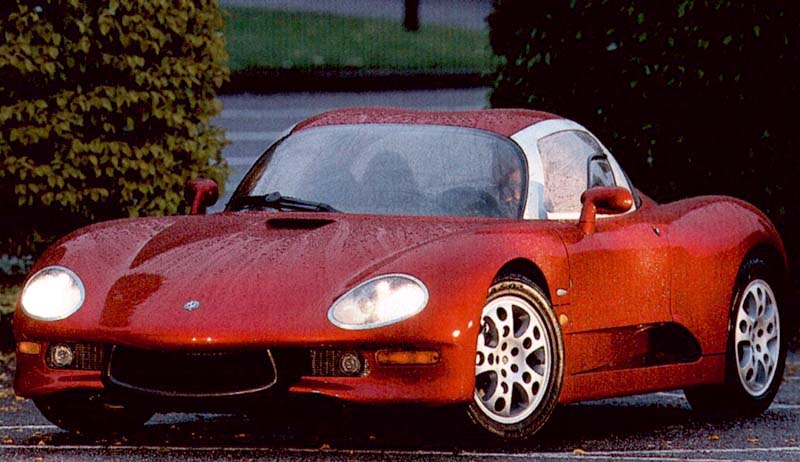2001 Osca 2500 GT
The OSCA 2500 GT is a prototype and the car was born in 2001, out of a partnership between Luca Zagato former owner of Z Cars and the entrepreneur Japanese Shozo Fujita.
To them we owe the initial design of the car, which then put her hands on another great Italian name, that Ercole Spada, a highly respected car designers in Italy and abroad. This defined the specific rules of the car is characterized by compact (only 4:09 meters long) and a body very low (1.15 height) with internal only two places. The meeting was entrusted to the factory in Milan, which was once the seat of the Touring body (and that in a few years she would be in business.
A Luca Zagato and Shozo Fujita had no choice but to ultimately decide the brand of this car and this decision proved one of the most difficult and uncertain, so that even today it is still the subject of some debate. Officially, the name was revived, however, that the OSCA, known during the middle of the last century for its racing cars.
In fact, with the OSCA of the fifties and sixties of the twentieth century, the 2500 GT has some stylistic points in common, such as the choice of the streamlined headlights, a design typical of sports cars of that period. Same body layer, combined with compact dimensions, after all (even the dimensions in width no exaggeration ) reminds the characteristics of classic Italian sports period. Even the tail, with its unique design raised in the central region is strongly reminiscent of the style of the professional DNA Luca Zagato, who grew up professionally in the studio of the family, even if you can not in the strict sense of the typical “bumps speak” to characterize the vehicle body by Zagato. A similar stylistic peculiarity typical Zagato is instead found on the roof, where there are two bulges on the two seats. Finally, the glass surfaces are a tribute to the classicism of the car, especially the rear window and the panoramic windscreen.
The 2500 GT comes from a tubular steel frame, lightweight but strong, which have had MacPherson strut type front suspension and rear trailing arms and lower triangles. The two axes were then mounted two stabilizer bars. The engine chosen was from Subaru, and more specifically the units 2457 cm3 is already on the Subaru Legacy from that period and capable of delivering a power of 187 hp at 6000 rev / min and a torque of 235 Nm at 2800 r / min . With an empty weight of 780 kg, the car reached a peak velocistica maximum of nearly 250 times for the sprint from 0 to 100 km/h in 6 seconds.
The car was presented for the first time in 1999 and a second time in 2001 when its launch was imminent: the business purpose of the 2500 GT was that Dromos to be produced in a few hundred copies a year, but in reality, the project ran aground shortly after the first photos released by the specialized press and the car remained at the prototype stage and unique.
Call it Osca 2500 GT – Dromos, if you like. The name after all is just a way to set apart this very Italian sports car that is the most consequent achievement of a very clear vision of what a modern sport car must be: compact, light, individual, exotic, performing, entertaining, rewarding, affordable. Look at the pictures and you can’t but agree that this car has what it takes to deserve the title of a true Italian sports car. You can’t call its shape the purest in the world but so were the early sports cars produced by Ferrari, Maserati, Osca and many other small Italian firms.
This is why it has a strong character and a clear cut personality of its own. It is not just another sport car like many other ones.
Dromos
The name “Dromos”, Spada wanted the car to be called after, has disappeared at the 11th hour from the press release and replaced by “2500 GT” because if was found that Fiat had registered the name of Dromo four years earlier and Luca Zagato, manager of G.M.P., did not want to be confronted with a controversy with the Italian giant. He has had enough experience with the company’s executives.
Whatever the name, what really matters is that the car comes with an excellent design, showing great care for proportions and style as well as for every detail.
In Detail
| displacement | 2500 cc / 152.6 in³ |
| power | 139.4 kw / 186.9 bhp |
| specific output | 74.76 bhp per litre |
| bhp/weight | bhp per tonne |
| torque | 240 nm / 177.0 ft lbs @ 2800 rpm |
| driven wheels | Mid Engine / |
| f brake size | mm / in |
| r brake size | mm / in |
| curb weight | 780 kg / 1720 lbs |
| gear ratios | :1 |
| top speed | ~240 kph / 149.1 mph |
| 0 – 60 mph | ~6.0 seconds |









